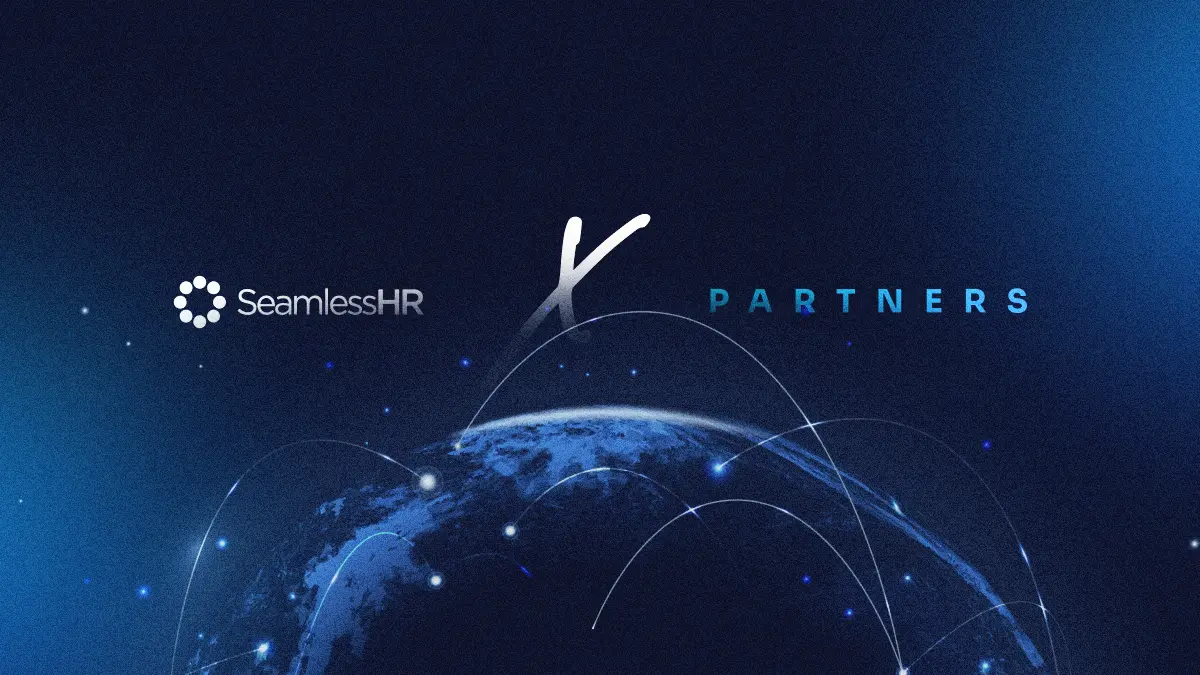In industries like agriculture, manufacturing, security— where frontline blue‑collar workforce is the backbone of operations — the pressure to stay productive, lean, and efficient has never been higher.
East Africa is experiencing rapid digital transformation: Kenya’s embedded finance market alone grew by nearly 39% in 2024 to around US $433 million, and is poised to hit over US $1.7 billion by 2029.
Yet many businesses are still trying to meet today’s workforce demands using yesterday’s payroll systems. Delayed salary access, and limited support for workers’ financial needs don’t just affect morale — they slow down operations, increase turnover, and create hidden costs that eat into the bottom line.
That’s where embedded finance comes in.
Seamless integration of tools like earned-wage access and loans — right within your HR/payroll platform — gives Blue-Collar workers faster, safer access to money while automating admin and bolstering operational resilience.
Embedded finance is the seamless integration of financial services — like earned wage access, salary advances, and insurance — directly into the HR or payroll systems your business already uses. It’s not an extra app, a separate bank, or another layer of complexity. It’s a built-in feature that makes life easier for both your finance teams and your workers.
And for blue-collar teams, that ease matters more than ever.
The Unique Needs of the Blue-Collar Workforce
Blue-collar workers are essential to day-to-day operations — yet they often face challenges.
- They’re paid monthly, but live daily. Expenses like food, transport, and school fees don’t wait till payday.
- Financial stress is a silent productivity killer. When workers are strapped for cash, it shows up as absenteeism, low morale, or high turnover.
- Access to financial services is limited. In sectors like agribusiness and security, many employees can’t easily get bank loans or insurance.
- Work is physical and demanding. Without the right support, even motivated employees burn out quickly.
- Retention is harder when money is tight. Workers often leave for jobs that offer faster pay access — not necessarily better pay.
As an employer, when you meet these needs, with tools that give them faster, safer access to their earnings, you’re not just solving a financial issue. You’re improving focus, reducing churn, and fueling on-the-ground productivity.
How Embedded Finance Meets These Needs
For employers across East Africa; especially in high-volume, blue-collar sectors — every delay, dropout, or manual payroll task adds up. Embedded finance offers a smarter way to keep blue-collar workforce focused, supported, and productive, while helping businesses reduce costs and streamline operations.
Here’s how it works:
1. Faster Access to Earnings = Less Financial Stress: With earned wage access, workers can withdraw part of their salary before payday—reducing anxiety over daily expenses like transport, food, or school fees. This has a measurable impact, as Kenyan companies using on-demand pay report up to 23% reduction in absenteeism and greater focus on the job.
2. Improved Retention Through Financial Support: Improved financial support plays a major role in keeping employees on the job, especially in frontline sectors. Salary-linked microloans or advances give workers a way to manage emergencies without feeling the need to quit. Globally, according to research, 89% of deskless workers stay longer with access to earned wage tools, and 95% say they prefer employers who offer such options.
In Kenya, reducing turnover by just 10% in a 100-person team can translate into significant savings in recruitment and training costs — all thanks to more stable payroll systems and fewer workforce disruptions.
3. Simplified Operations for Employers: Embedded finance simplifies payroll operations by automating advances, loan processing, and expense claims — reducing manual work and minimising errors.
Research has it that HR and finance teams spend up to 50% less time on these administrative tasks after implementing earned wage access (EWA) systems. This efficiency not only improves accuracy but also frees up teams to focus on more strategic, high-impact work instead of routine paperwork.
4. Better Worker Morale and Trust: Offering financial tools to blue-collar workforce like earned wage access and salary-linked loans sends a clear message to employees: “We care about your well-being.”
Studies show that when embedded finance is implemented transparently and responsibly, it builds trust, boosts engagement, and can increase productivity by up to 56%.
We reinforced this point at the CEO roundtable we co-hosted with the Gates Foundation in Nairobi, Kenya, and highlighted that companies who integrate financial services into payroll systems see stronger employee performance and reduced stress across the workforce.
When embedded finance is integrated into HR systems, East African employers and employers across Africa can cut hidden costs, boost retention, streamline operations, and build a loyal, productive frontline workforce—all while ensuring compliance and financial inclusion in regions where traditional banking is less accessible.
How Embedded Finance Powers Workforce Success
While its most visible impact is on pay access, embedded finance supports other areas that are essential to long-term employee success — helping businesses build stronger, more resilient teams.
1. Health & Well-being: When workers don’t have to wait until month-end for medical costs or transport money, it directly improves their physical and mental well-being.
In sectors like agribusiness and manufacturing, where work intensity is high, this support leads to lower burnout and fewer sick days.
2. Performance & Upskilling: Workers with financial peace of mind are more open to training and development. Some companies use embedded finance to offer salary-backed learning credits or micro-savings plans, which help workers invest in their own growth.
3. Workplace Engagement & Focus: Financial stress is one of the top causes of distraction at work. When employees can easily handle small emergencies without leaving the job site or borrowing informally, their mental clarity and focus improve.
4. Employer Branding & Trust: Employers that offer flexible pay options to their blue-collar workforce, are viewed as more supportive and progressive. In markets like Kenya, where financial inclusion is a national agenda, such employers are often favoured by regulators and community stakeholders alike.
The Employer Edge: Winning with Embedded Finance
For employers in East Africa navigating lean margins, fluctuating labour availability, and increasing demand for efficiency, embedded finance is more than an employee perk — it’s a strategic advantage.
Integrating financial tools directly into your existing HR systems, enables you to improve employee retention, and support real-time workforce agility.
The numbers make it even clearer. Kenyan firms that have implemented embedded finance tools have reported:
- Up to 23% reduction in absenteeism
- Decrease in time spent on payroll-related admin
- And measurable increases in employee engagement and output
Ultimately, embedded finance helps solve two urgent challenges at once: improving the financial resilience of blue-collar workers, while helping employers remain competitive, agile, and compliant in a fast-changing economic landscape.
As East Africa continues to digitise its workforce, forward-thinking businesses that embed financial inclusion into their operations will not only attract and retain better talent — they’ll unlock stronger business performance, long-term loyalty, and brand equity within their communities.
Embedded finance is no longer a “nice to have.” It’s how modern employers win — by putting workers first, and building operational systems that are ready for the future of work.
Want to learn more about our embedded finance products? Click here to book a free demo.






